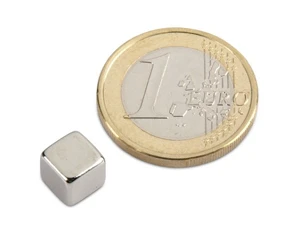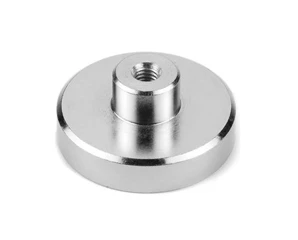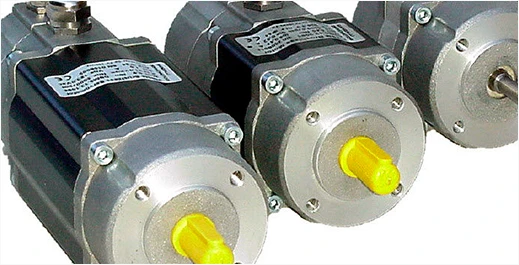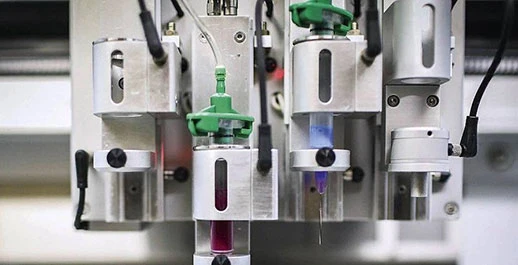Speaker magnets in the market mainly include aluminium nickel cobalt, ferrite and neodymium iron boron:
Alnico is the earliest magnet used in speakers. Generally, it is made into an internal magnetic speaker (an external magnetic speaker can also be used). Its disadvantages are small power, narrow frequency range, hard and brittle, and inconvenient processing. In addition, cobalt is a scarce resource, and the price of aluminium, nickel and cobalt is relatively high. From the perspective of cost performance, few horn magnets use aluminium nickel cobalt.
Ferrite magnets are generally made into external magnetic speakers. The magnetic performance of ferrite magnets is relatively low. It needs a certain volume to meet the driving force of the horn. Therefore, it is generally used in large acoustic horns. Ferrite magnets have the advantages of low price and high valence; The disadvantages are large volume, small power and narrow frequency range.
The magnetic properties of neodymium magnets are far better than those of Al-Ni-Co and ferrite magnets. It is the most used magnet in speakers, especially high-end speakers. The utility model has the advantages of small volume, large power and wide frequency range under the same magnetic flux. At present, HiFi earphones basically use this kind of magnet. Its disadvantage is that it contains rare earth elements, so the material price is high.






